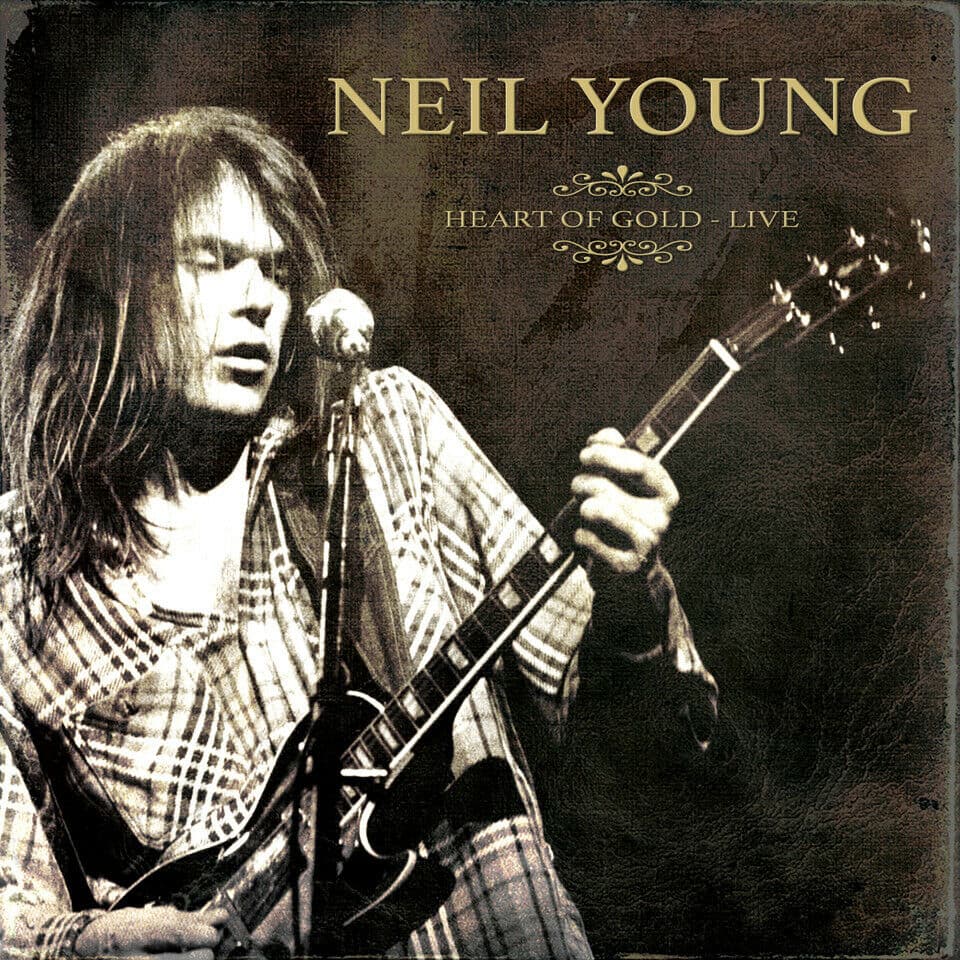
Neil Young’s “Heart of Gold”: A Folk-Rock Masterpiece
“Heart of Gold” by Neil Young is a timeless classic that resonates with listeners across generations. Released in 1972 as part of his critically acclaimed album Harvest, this song became Young’s only number-one hit on the Billboard Hot 100, marking a pivotal moment in his career. The track’s introspective lyrics, combined with its warm, acoustic sound, make it one of the most beloved songs in Young’s extensive catalog and a defining anthem of the 1970s folk-rock movement.
The song was written during a period of reflection for Neil Young, who was dealing with a back injury that limited his ability to play electric guitar. This limitation led him to embrace the acoustic guitar, harmonica, and pedal steel, resulting in a softer, more intimate sound that would come to characterize much of the Harvest album. “Heart of Gold” perfectly exemplifies this shift in style, with its gentle melodies and introspective lyrics capturing a sense of longing and self-discovery.
Lyrically, “Heart of Gold” is a deeply personal song, reflecting Young’s search for purity and goodness in a world that often feels overwhelming. The chorus, “And I’m getting old, keeps me searching for a heart of gold,” speaks to the universal quest for sincerity and love, themes that have made the song resonate so deeply with audiences. The simplicity of the lyrics belies their emotional depth, with each line carefully crafted to convey a sense of vulnerability and yearning.
The instrumentation on “Heart of Gold” is both rich and understated, featuring Young on acoustic guitar and harmonica, backed by a rhythm section that includes Ben Keith on pedal steel guitar and Tim Drummond on bass. The song’s arrangement is sparse yet effective, allowing the emotional weight of the lyrics to take center stage. The harmonica, in particular, adds a haunting, mournful quality to the track, perfectly complementing Young’s distinctive, high-pitched vocals.
Neil Young‘s voice on “Heart of Gold” is one of the song’s most defining features. His plaintive, almost fragile delivery brings a sense of authenticity to the lyrics, making it clear that this is a song that comes from deep within. There’s a rawness to his vocal performance that adds to the song’s emotional impact, drawing listeners in and making them feel the weight of Young’s search for meaning.
The recording of “Heart of Gold” also benefits from the contributions of other notable musicians, including James Taylor and Linda Ronstadt, who provided backing vocals. Their harmonies add a layer of warmth and richness to the song, enhancing its folk-rock appeal and contributing to its success on the charts. The collaboration between these artists, all of whom were at the peak of their careers, adds to the song’s timeless quality.
When it was released, “Heart of Gold” quickly became a commercial success, topping the charts in both the United States and Canada. It was a milestone for Neil Young, who had already established himself as a significant figure in the rock and folk scenes but had yet to achieve this level of mainstream recognition. The song’s success helped to cement Harvest as one of the best-selling albums of the 1970s, and it remains a cornerstone of Young’s legacy.
In the years since its release, “Heart of Gold” has continued to be one of Neil Young’s most enduring songs. It has been covered by numerous artists and remains a staple of his live performances. The song’s universal themes of love, loss, and the search for meaning have allowed it to transcend its era, making it a favorite among listeners of all ages.
In conclusion, “Heart of Gold” by Neil Young is more than just a hit song; it’s a reflection of a moment in time when Young’s introspective songwriting and unique voice resonated with a wide audience. Its simple yet profound lyrics, combined with a memorable melody and heartfelt delivery, make it a standout track in the history of folk-rock music. Whether you’re a longtime fan of Neil Young or hearing the song for the first time, “Heart of Gold” is a song that speaks to the enduring quest for goodness and connection in a complex world.